The Xiaomi 12 is the junior model of the Chinese manufacturer’s top-end 12 series, featuring the same Qualcomm Snapdragon 8 Gen 1 chipset as the 12 Pro flagship phone. The 12 comes with a smaller display though, and there are also some important hardware differences in the camera setup. Like on the 12 Pro the Xiaomi 12’s primary camera has a 50MP resolution, but the pixels are distributed across a slightly smaller image sensor. The ultra-wide camera uses a 13MP sensor instead of the Pro’s 50MP and a 5MP macro with 50mm equivalent focal length takes the place of the Pro model’s 50MP 48mm variant.
Despite the hardware differences both models offer the same video recording specs and can record 8K resolution at 24 frames per second. 4K can be done at up to 60fps and HDR10+ is supported as well.
Let’s see how the Xiaomi 12 did in our DXOMARK Camera test.
Key camera specifications:
- Primary: 50 MP 1/1.56″ sensor, 1.0μm pixels, 26mm equivalent focal length, f/1.9-aperture lens, OIS, PDAF
- Ultra-wide: 13MP 1/3.06″ sensor, 1.12μm pixels, 12mm equivalent focal length, f/2.4-aperture lens
- Mmacro: 5MP sensor, 50mm equivalent focal length
- 8K video at 24fps, 4K at 30/60fps, 1080p at 30/120/240/960fps, HDR10+ (4K/30fps tested)
About DXOMARK Camera tests: For scoring and analysis in our smartphone camera reviews, DXOMARK engineers capture and evaluate over 3000 test images and more than 2.5 hours of video both in controlled lab environments and in natural indoor and outdoor scenes, using the camera’s default settings. This article is designed to highlight the most important results of our testing. For more information about the DXOMARK Camera test protocol, click here. More details on how we score smartphone cameras are available here.
Test summary
Scoring
Sub-scores and attributes included in the calculations of the global score.
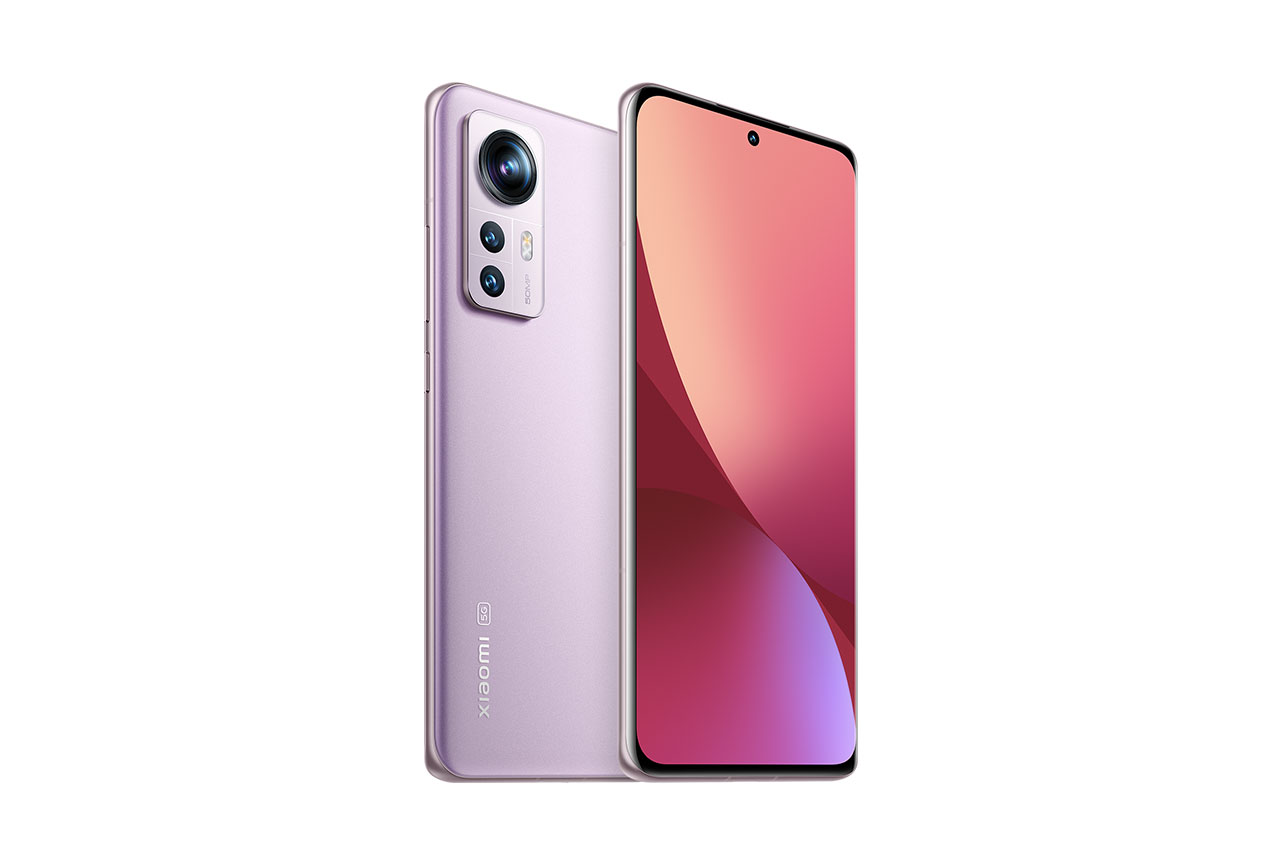
Xiaomi 12


Use cases & Conditions
Use case scores indicate the product performance in specific situations. They are not included in the overall score calculations.
Outdoor
Photos & videos shot in bright light conditions (≥1000 lux)
Indoor
Photos & videos shot in good lighting conditions (≥100lux)
Lowlight
Photos & videos shot in low lighting conditions (<100 lux)
Friends & Family
Portrait and group photo & videos
Pros
- Good exposure for landscape shots
- Stable white balance in bright light and indoors
- Good exposure, color and focus on ultra-wide camera at default ultra-wide setting
- Stable exposure, white balance and autofocus when zooming
- Nice color, good exposure and fast autofocus in video
- Effective video stabilization
Cons
- Blue color cast in bright light photos
- Noise and lack of detail in low light
- Image artifacts including flare and ghosting
- Unnatural blur effect in bokeh mode
- Underexposure in night shots
- Highlight clipping, color shading and unstable white balance in video
- Lack of detail in some indoor and low light videos
- Video artifacts, including color fringing, ringing and hue shift
With a DXOMARK Camera score of 123 the Xiaomi 12 delivers a solid performance but cannot make it among the top devices in the Premium segment. This said, overall it shows slight improvements over its predecessor Mi 11 in both photo and video.
When capturing still images the camera delivers good exposures and the autofocus works precisely. White balance is accurate, too, particularly in bright outdoor conditions, but in some shots a slight blue color cast can be noticeable.
In this outdoor portrait shot the Xiaomi 12 maintains a better texture/noise trade-off than the Samsung Galaxy S22 (Exynos). This results in better fine detail and sharper features on the subject.
Under lab conditions we measured lower noise levels on the Xiaomi 12 than on the Samsung Galaxy S22 for both outdoor and indoor light conditions. 
Image noise is well controlled in night shots but ghosting effects are often visible on moving objects.
The preview image on the display gives you fairly good idea of the final image’s exposure but shows more highlight clipping, so it’s best to check the capture before taking another image.
Both the Xiaomi’s ultra-wide and macro cameras produce higher levels of noise than the primary camera. Our testers also observed image artifacts, such as ringing and color fringing. On the plus side, exposure remains repeatable, the autofocus locks on correctly and color rendering is quite similar to the primary cam.
In video mode the camera records footage with good target exposure and nice color rendering. The autofocus works swiftly and the stabilization system does a good job at counteracting camera motion. On the downside, highlight clipping is often visible in high-contrast conditions and the white balance is more unstable than we would like. When recording indoors or in low light a lack of detail becomes noticeable. Our testers also observed some artifacts, such as color fringing, ringing and hue shift.
In these sample clips we can see that the Xiaomi’s colors are more vivid and pleasant than the competitors’. Target exposure is good, too, while both the Samsung and Mi 11 Pro are underexposed. Stabilization works well but some highlight clipping can be seen in the sky.


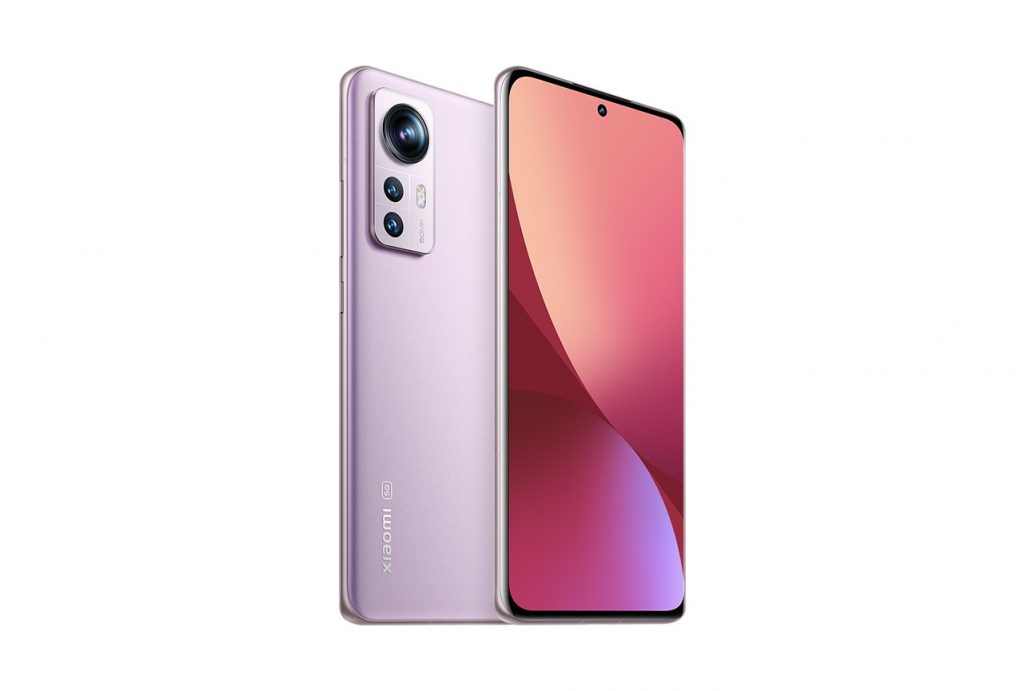
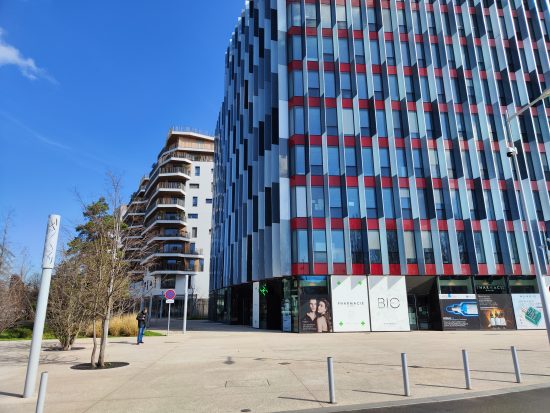



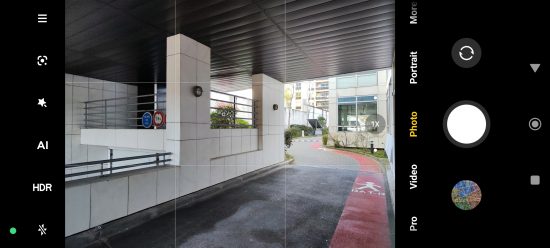
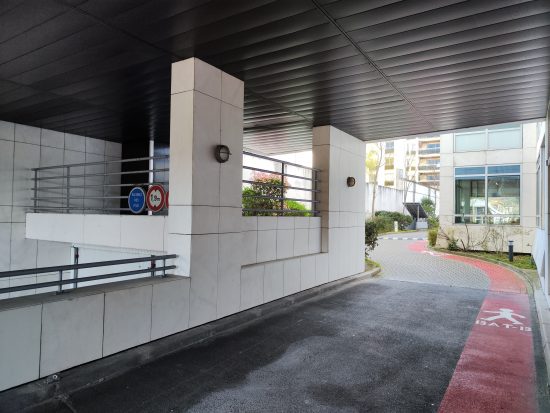
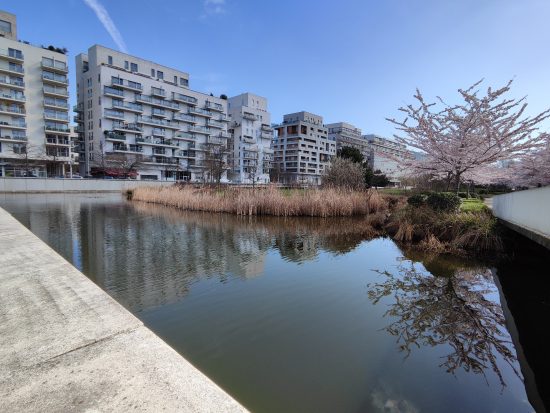
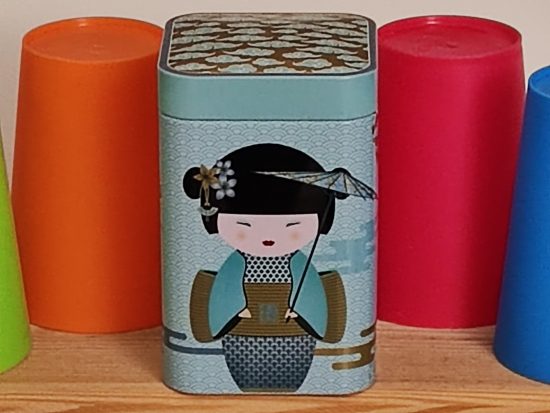
DXOMARK encourages its readers to share comments on the articles. To read or post comments, Disqus cookies are required. Change your Cookies Preferences and read more about our Comment Policy.